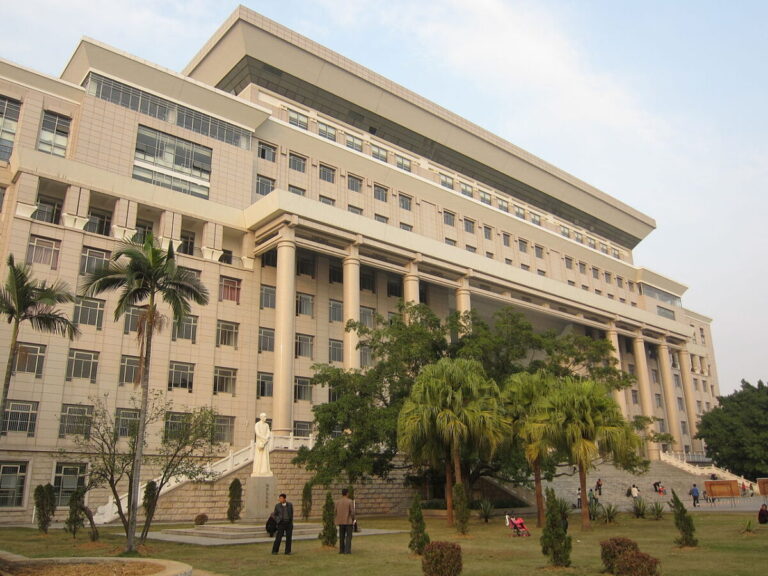Scientists in China designed a Subplhuer-based redox flow battery with a peak power density of 95.7 MW CM2 and an average energy efficiency of 76.5% at 30 MA CM2 within 50 cycles.
A group of scientists led by the Chinese University of Wenzhou and the University of Guangxi have proposed a new approach to improve the performance of Redox-Flowbatteries (SIRFBs) based on polysulfide-Jodide.
Redox -current batteries (RFBs) are a type of battery that stores energy in chemicals that undergo redox reactions. Redox stands for reduction oxidation, a chemical reaction in which one substance loses electrons and wins another electrons.
“The Multistep charging transfer reactions within the S2/SX2 and I-/i3 pairs on electrode result in raised polarization resistance and poor kinetic reversibility, slowly inducing adsortry behavior, limited operational lifetime, and reduced the expedion of Sirphesis, the Breeding of Sirphbesis), the Breeding of Sirphbatus, the Breeding of Sirphbatus, the Breeding of Sirphbatus, the Breeding of Sirphbesis, the Breeding of Sirphesis), the Breeding of Sirphesis, The Breeding of Sirphesis, The Breeding Sirevent, The Breeding Sirphmentation, The Breeding Sirevent Bed. said.
To tackle this problem, the team suggested using a two-dimensional Molybdenen-Disulfide (MOS2) Nanosheet, as demonstrated in earlier literature, to speed up the redox reaction. However, its intrinsic activity is still far from the powerful demand for industrial RFBs, so that the scientists lead to a few atoms of cobalt anchoring on the MOS2 surface.
They also explained that catalysts with one atom (SACs) were recently created as a potential solution for the aforementioned issue, because of their maximum atomic use, low coordination environment and abundant non-satisfied orbitals, which are important factors that regulate the defective structure and the electronic property of MOS2 substrate.
The introduction of COSA in MOS2 is intended to activate the formation of sulfur vacancies (SVS) defects. The team has thus reached a design of COSA-doped sulfur-vacances-containing MOS2 (COSA-VS/MOS2) for the SIRFB system. The COSA-VS/MOS2 nanosheets were synthesized by the team using the one-steps Solvothermal growth strategy in situ, followed by a glowing activation process.
“Consequently, COSA and US locations have promoted the electronic structure of the interface synergistically, promoted the reactantadsorption capacity and promoted the kinetics of S2/SX2 and I-/i3- Redox pairs,” the researchers said. “The derived SIRFB achieved an energy efficiency of 87.9%at 20 mA cm2, which is higher than that of the reported COS2/COS (71.6%), CU2COGES4 (77.2%), CU7S4 (78.5%), CUFES2 (79.6%) 18.”
In addition, the new battery showed a peak power density of 95.7 MW CM2 and an average energy efficiency of 76.5% at 30 ma cm2 within 50 cycles. It showed a cycle life of approximately 850 cycles during continuous operation at 10 mA cm2 with a load state of 10% (SOC) and a low overpotential of 113 mv by 20 mA cm2. “Signal could be restored to the initial EE of 93.1% almost completely after renewing the electrolytes (200th and 600th cycles),” the academics added.
The battery was described in “Synergy of a few atoms and sulfur vacancies for advanced polysulfide -Edid Redox -Flow battery“Published in Nature communication. The research group included Lanzhou Jiaotong University, the University of Electronic Science and Technology of China, Yunnan University and Tsinghua University.
This content is protected by copyright and may not be reused. If you want to work with us and reuse part of our content, please contact: editors@pv-magazine.com.


